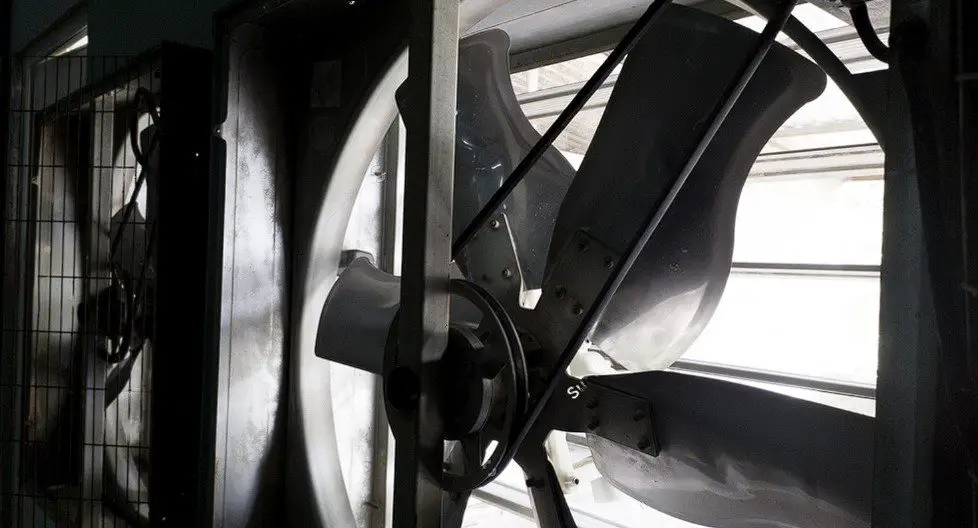Table of Contents
What is the Method Statement for Exhaust Fan Installation?
A Method Statement for Exhaust Fan Installation is a document that outlines the step-by-step procedure and guidelines for installing an exhaust fan in a specific location. It provides a clear and systematic approach to ensure that the installation is carried out safely, efficiently, and in compliance with relevant regulations and standards.
The method statement typically includes information on necessary equipment, materials, and tools required for the installation, as well as details about any pre-installation preparations, such as site inspection and preparation. It may also cover procedures for mounting the fan, connecting electrical wiring, and testing for proper functioning.
The method statement serves as a comprehensive guide for technicians or installers, helping them to execute the installation process accurately and in a standardized manner.
An installation guide for exhaust fans for any project is provided below.
Required Materials
PVC Conduits in the sizes specified per approved drawings
Bends
female adapters
Couplers
Couplings
Junction boxes
Boxes with loops
Adaptable boxes
Jointing cement for PVC
Tools and Equipment
Toolbox
spirit level, leveling hose
Measuring tape
Hacksaw blade
Files
Trimmers
Marking tools
Ladder
Mobile scaffolding
Lifting Equipment
General Requirements
By the project rules, all material received on-site will be inspected, accepted, and stored.
The subcontractor, main contractor, and client safety manual will be followed for all inspections, construction, and testing.
Before offering inspection, all materials received will be checked for compliance, and the storekeeper or site engineer will provide their clearance. Inspection and testing will be conducted by the site QC inspector, and they will be coordinated with the main contractor and consultant.
Verification, inspection checklists, and test results will be recorded on approved forms, verified, and signed by the site QC inspector and consultant.
There will be valid calibration certificates for all test instruments.

Safety Control Measures / HSE
Working at heights involves edge protection (at the proper height) and, in the majority of situations, harnesses that are properly sized for the height of the task and fastened.
Openings in slabs must be well-protected.
Toe boards on scaffolding and other safety measures would be used to prevent materials from falling from heights.
All employees must wear the proper PPE, such as gloves, a mask, and goggles, for the task at hand.
The foreman should supply all required PPE and enforce wearing it.
To prevent electrical shock, electrical power tools will be approved and either double-insulated or grounded.
Any building that poses a fire danger must have fire extinguishers situated within easy reach.
Plant and equipment will be inspected before use and have third-party inspection certificates.
Each employee entering the site will be wearing the proper PPE.
Emergency Planning
The emergency procedure will be managed by the health and safety officer.
The health and safety officer will be notified right away if there is an emergency.
If required, the health and safety officer will subsequently notify the appropriate emergency services.
If a site nurse is required, the Health & Safety Officer will notify him of the emergency. The Safety Advisor will then attend the scene and assume responsibility for the situation.
By the site HSE Plan, the incident’s required notice, investigation, and reporting will be conducted.
Material Receiving
All fans must be checked for quantity, type, model number, physical damage, etc. upon arrival at the site, and the supplier must be notified of any inconsistencies.
The fans must be stored correctly with a protective covering after a successful inspection.
Items that are discovered to be damaged or unsuitable for the project requirements must be quarantined.
To prevent accidental usage and until it is returned to the vendor, non-compliant material must be clearly tagged and stored separately.
Installation of an exhaust fan preparation
Ensure that the shop drawings being used are the latest and have been approved for construction.
Ensure that the wall opening for the fans is per the approved plans by inspecting it.
Verify the area around the wall opening and, if necessary, ensure that all sides of the fans can be accessed.
On the wall’s steel frame, indicate the location of the fans’ mounting holes.
Installing the exhaust fans
Using a hand trolley or forklift, as necessary, move the fans safely to the place of installation.
For safe shifting and installation, sufficient labor will be provided as required.
Make sure the right fan is placed in the location for installation.
The orientation of the air inlet and outlet connectors must match the approved drawing.
The fans will be installed correctly, leveled, and parallel to the room’s walls and other installations.
During installation, hoisting, and relocating, fans must be inspected once more for any damage.
The fans’ interiors should be cleaned. While installing the fans, follow the manufacturer’s instructions.
During installation, hoisting, and relocating, fans must be inspected once more for any damage.
The fans’ interiors should be cleaned. While installing the fans, observe the manufacturer’s instructions.
Electrical Connections
Connections for electrical power must be made following approved drawings.
The installation and termination of cables must follow the approved method statement.
tag: # Method Statement for Exhaust Fan Installation

